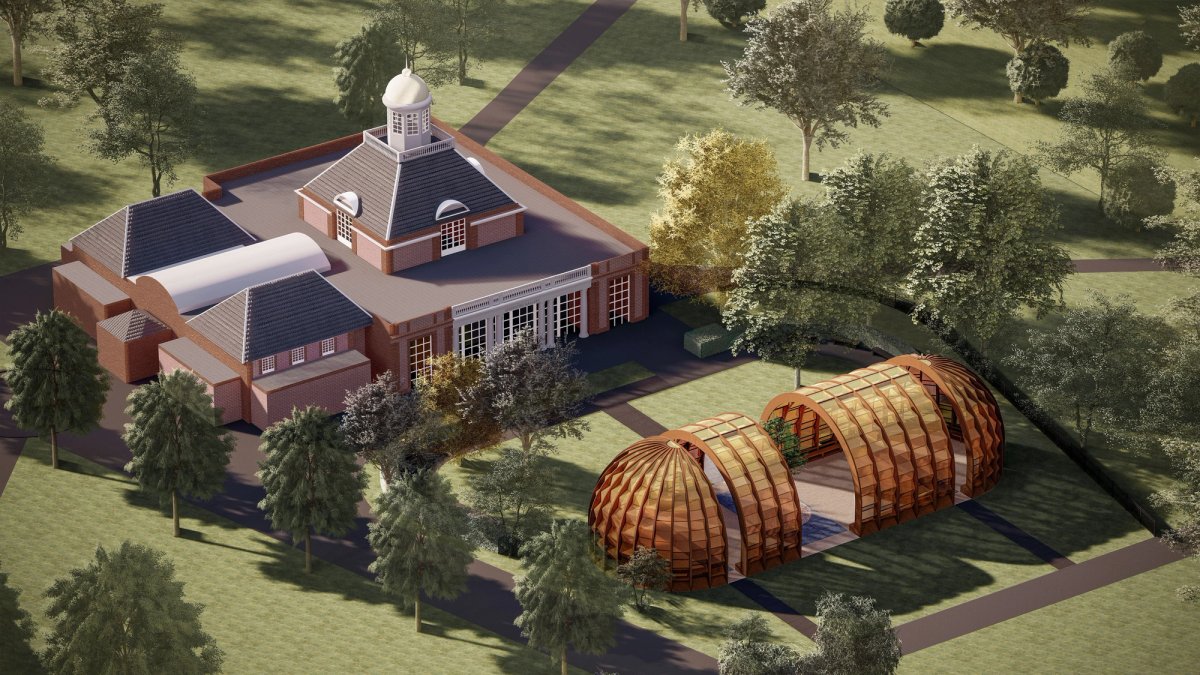The Bangladeshi architect and educator Marina Tabassum and her firm Marina Tabassum Architects (MTA) will design this year’s Serpentine Pavilion in London.
The high-profile architectural platform erected every summer in Kensington Gardens has become a fixture in the capital’s arts calendar. The 24th pavilion (7 June-27 October), entitled A Capsule in Time, will be sponsored by the investment bank Goldman Sachs, which has supported the project for the past 11 years.
The pavilion will consist of four wooden capsule forms with a translucent façade. “Central to Tabassum’s design is a kinetic element where one of the capsule forms is able to move and connect, transforming the pavilion into a new space,” says a Serpentine statement.
Tabassum’s pavilion design is inspired by the history and architectural language of shamiana tents or awnings of South Asia. Tabassum told Wallpaper magazine: “I also wanted to connect the design to Bangladesh. We have these fabric-made structures called shamianas. These are like pavilions in form, and quite often used for larger gatherings, like weddings, other religious occasions or any other activities. They represent a coming together in the community.”
She adds: “[The pavilion] is short-lived and light-hearted, but at the same time, you can bring up all different kinds of agendas that concern our time. We can express ideas.”
MTA says online that it “stands against the global pressure of consumer architecture, a fast breed of buildings that are out of place and context. Our pledge of the practice is to root architecture to the place informed by climate and geography.”
The Serpentine Pavilion launched in 2000 as a platform for major international names to build their first structures in the UK capital. Past pavilions were designed by Zaha Hadid (2000), Frank Gehry (2008) and Sou Fujimoto (2013). Last year’s iteration was designed by the Seoul-based architect Minsuk Cho and his firm Mass Studies.
The first Serpentine Pavilion, designed by Zaha Hadid in 2000, became an events venue at the Flambards Theme Park in Cornwall. The 2012 pavilion designed by Herzog & de Meuron and Ai Weiwei is in the collection of the steel magnate Lakshmi Mittal.



